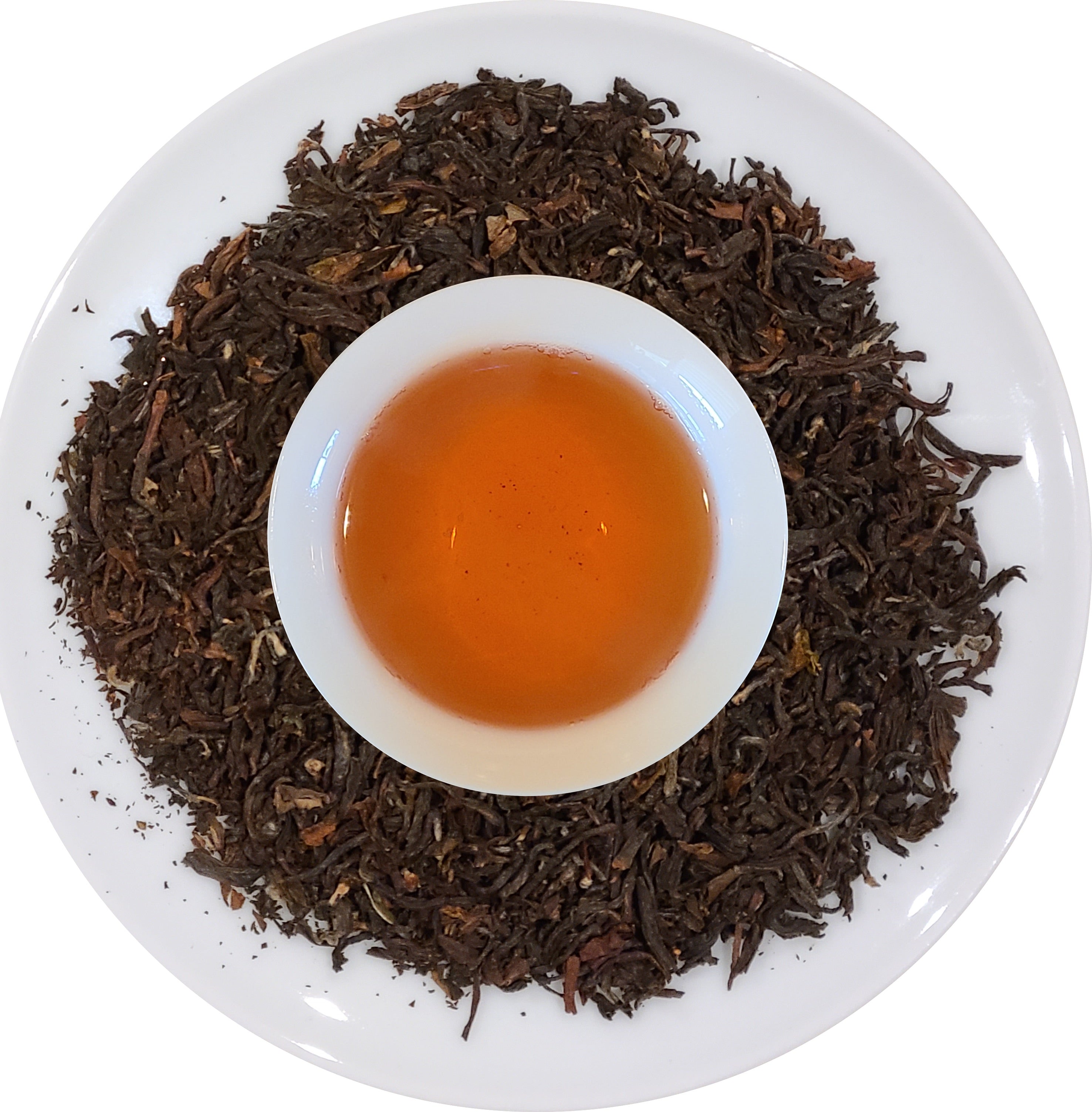
Darjeeling tea VS Assam tea - Lets Compare!
Darjeeling tea and Assam tea are both famous in their own right, not just in India but outside India as well. They are teas that come from the two main tea-growing regions in India and are known for their taste and versatility and all-around flavor. Do you wonder if one is better than the other and are confused about which one you should grab for a morning cuppa? Well, we say, 2 cups of tea are better than one! HOWEVER, there are some key differences between the two that are important to note.

Darjeeling is a town in the Indian state of West Bengal and is located in the foothills of Himalaya. This beautiful and picturesque location produces one of the most famous teas in the world, Darjeeling tea. Since this type of tea can only be produced here and the location and type of the soil give a distinct flavor, it is also called the ‘champagne’ of teas. Darjeeling has more than 75 tea estates that produce premium quality tea. The economy of this district thrives on the tea industry and tourism. There are different types of Darjeeling tea - they include black tea, green tea, oolong tea, white tea, and blended teas. Darjeeling black tea is exquisite and is a favorite among tea connoisseurs! The tea estates from where we bring our Darjeeling tea are Puttabong, MIM, Arya, Rohini, Gopaldhara, Castleton, etc. Darjeeling tea is also extremely rich in antioxidants and has a beautiful full-bodied flavor that is palatable to most people. The tea is also astringent.

Assam is a state located in North East India which is widely known for its wildlife, archaeological sites and most importantly, its tea plantations! It is the largest tea growing region in India producing more than 600 million kgs of tea on an annual basis. The vast region spans both sides of the Brahmaputra river. Assam tea is indigenous to the state and thus has high demand. This region receives high amount of rainfall and experiences high temperature creating a hot and humid environment that is responsible for the malty nature of the Assam Teas. This tea also has a rich body with a vibrant color due to the high amount of tannins and polyphenols present in the leaves. The teas from Assam were extremely popular with the British palate when they first appeared in the mid-nineteenth century. The strong base and a brisk finish make this tea easy to blend and it also supports the addition of milk due to its strong flavor. The British used it extensively for their English Breakfast Tea. There are two kinds of Assam Tea: CTC and Orthodox, both named after the manufacturing process used to create them. Tea tourism is also something that Assam is known for.
What are the differences between Assam tea and Darjeeling tea?
Key differences
- They are from completely different plants - Darjeeling tea comes from the tea plant whose scientific name is Camellia Sinensis while Assam tea comes from the plant whose scientific name is Camellia Assamica. Because of this variation in the type of plant, it affects the basic chemistry of the tea leaves. Darjeeling tea leaves are smaller than Assam tea leaves, according to the Tea Board of India. Darjeeling is also known to have fine hairs on the bottom that fall out during the drying process.
- Location - Darjeeling's tea-growing regions are high in the Himalayan foothills, whilst Assam's tea is grown on the plains. Darjeeling tea's flavor and structure are influenced by the height at which it is cultivated. Assam's rich, clayey soil, combined with its climate, makes it ideal for tea production, which explains why it produces about 600 million kg of India's total 900 million kg of tea.
- They are processed differently - Assam tea has 2 types of processing - Orthodox and CTC, while Darjeeling tea has only one type. This difference in the processing method also makes the two types of tea taste completely different.
- The taste is absolutely different - Assam tea is a darker brew and malty while Darjeeling tea is fruity and has a muscatel flavor. Darjeeling tea has a milder flavor than Assam tea. It is recommended that you drink Darjeeling tea without milk or sugar to achieve the best flavor. Darjeeling is known as the "champagne of teas" because it has a flavor similar to that of a "delicate muscatel," according to the Tea Board of India. In contrast, Assam tea is best served with milk. Assam teas, in comparison to Darjeeling teas, are often stronger and have a nutty, earthy flavor. In comparison to Assam tea, which is dark brownish in color, Darjeeling tea has a bright greenish hue, occasionally even a light golden hue.
- Availability - Assam tea is grown all year. They're easy to grow, which makes it easier for businesses to participate in their production. Add to it the fact that Assam is substantially larger than Darjeeling in terms of land area. Darjeeling, on the other hand, has four growing seasons, each of which yields lower yields.
- Price - Darjeeling tea is more expensive than Assam tea due to the challenges associated with its production and the fact that it is produced in much lower quantities.
With all this in mind, it finally does come down to preference, if you prefer a light, crisp and delicate flavor profile, Darjeeling tea is the one for you while if you like a full-bodied cup and enjoy your good old chai with milk and spices, then Assam tea should definitely be your pick. Our advice? Taste both!

26 comments